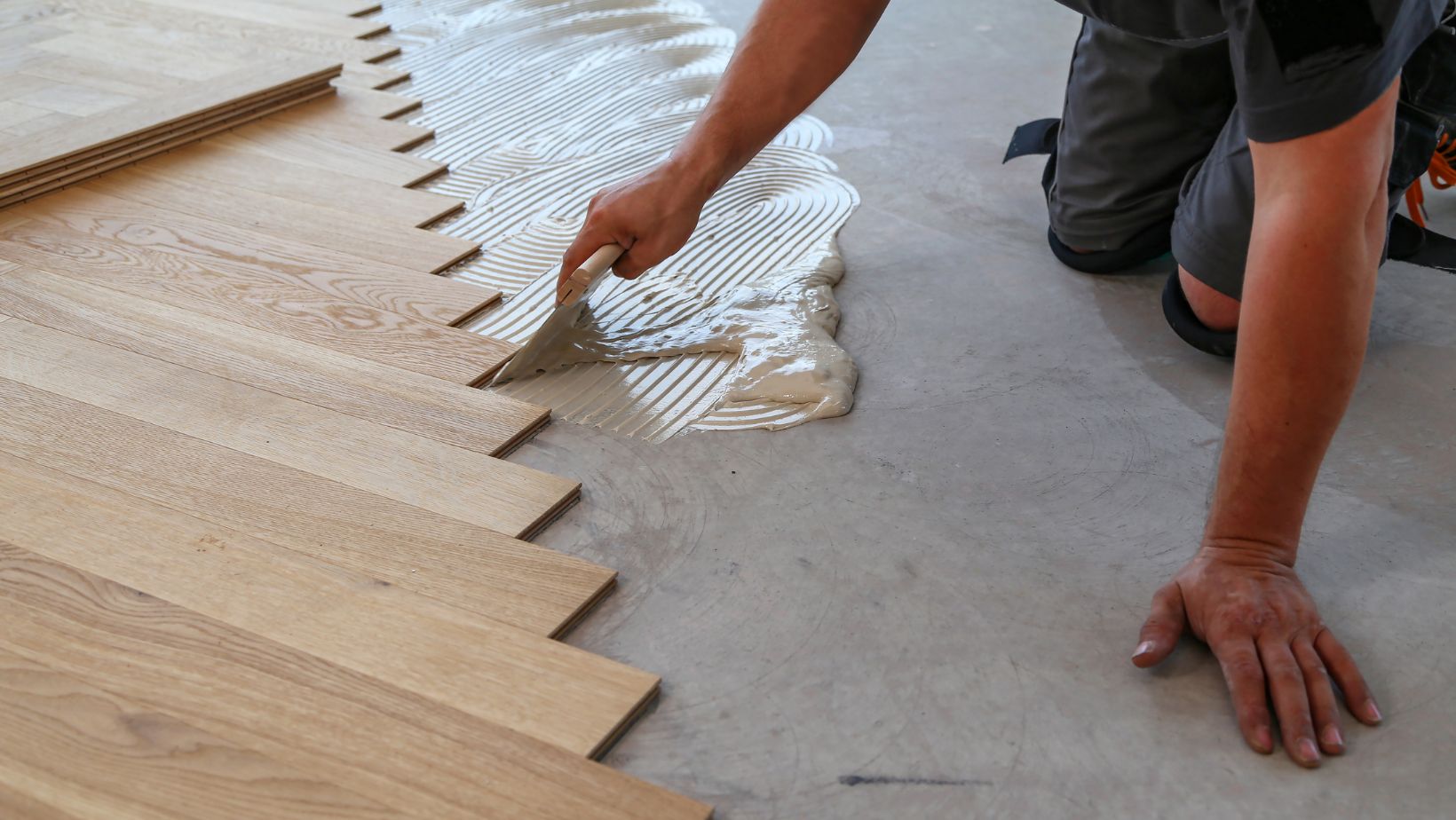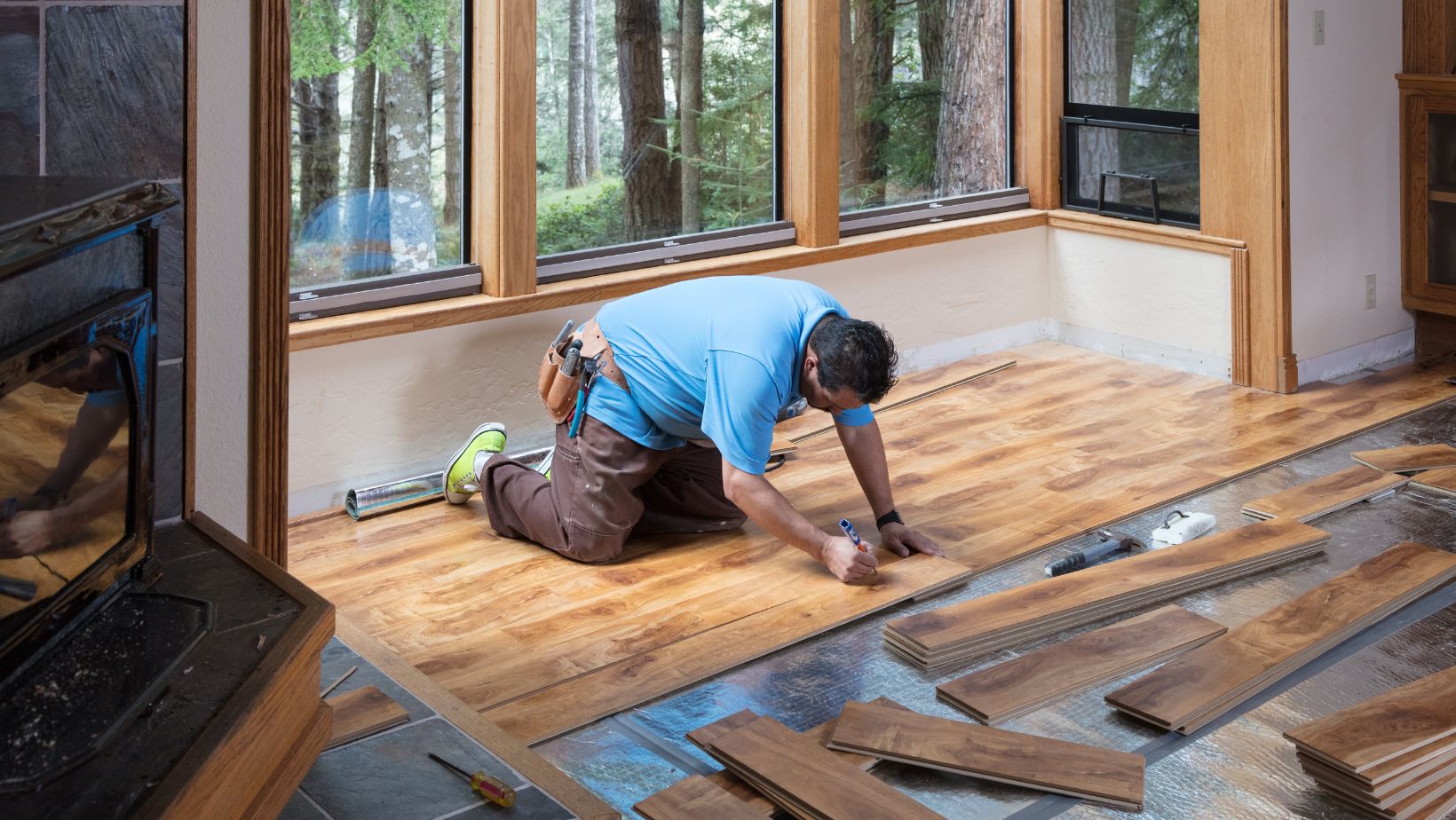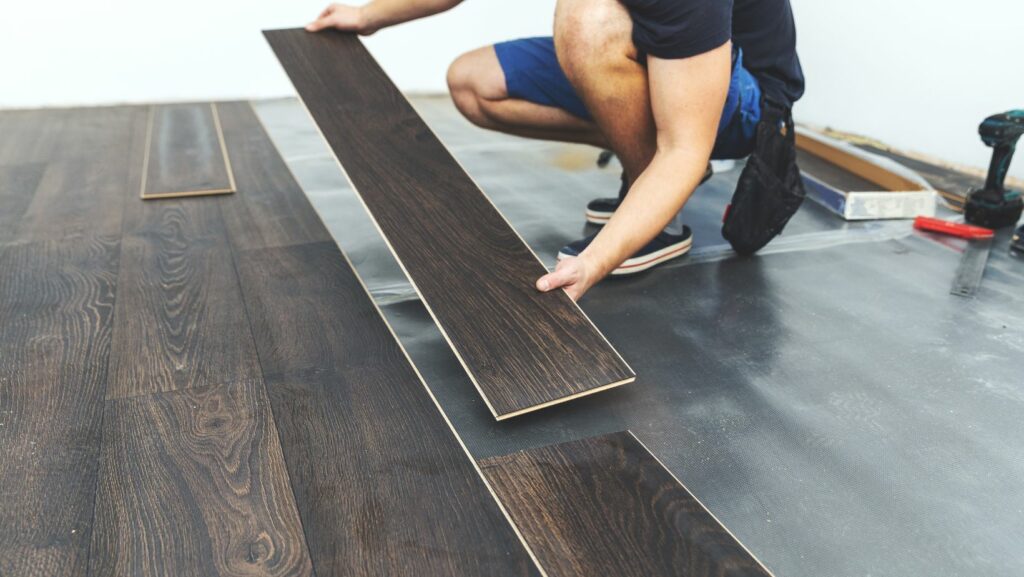Floors in high-traffic areas take a beating from daily foot traffic, dirt, spills, and furniture movement. Whether in a busy home, office, or commercial space, keeping floors looking good without constant maintenance can be a challenge. The key to protecting them is using the right materials, cleaning methods, and preventive measures to reduce wear and tear. Investing in polyurethane floor paints can also help add a durable, protective layer that resists damage and extends the life of your flooring.
By following the right strategies, you can keep your floors in top condition without spending hours each week on upkeep.
Choose the Right Flooring Material
Some flooring materials naturally hold up better under heavy use than others. If you’re considering new floors or upgrading your current ones, choose options that offer durability with minimal maintenance.
- Tile: Resistant to scratches, stains, and moisture, making it perfect for busy spaces.
- Luxury Vinyl Plank (LVP): Mimics the look of hardwood but offers better durability and water resistance.
- Engineered Hardwood: More resilient than traditional hardwood and less prone to warping.
- Epoxy-Coated Concrete: A high-strength option for garages, commercial spaces, and industrial settings.
Selecting the right material from the start will reduce the need for frequent repairs or refinishing.
Use Protective Floor Coatings
Applying a strong protective finish can significantly reduce the damage that high-traffic floors endure. Floor coatings create a barrier that prevents scratches, stains, and scuff marks.

- Sealants for Wood Floors: Polyurethane-based sealants protect hardwood from moisture and impact.
- Wax for Vinyl and Linoleum: Adds a smooth, protective layer that makes cleaning easier.
- Epoxy or Urethane Coatings: Ideal for concrete or industrial flooring for maximum durability.
Reapplying a protective coating every few years will extend the life of your flooring and minimize the need for deep cleaning or refinishing.
Prevent Damage Before It Happens
One of the easiest ways to reduce maintenance is to prevent damage in the first place. Small changes in daily habits can make a big difference in how well your floors hold up over time.
1. Use Rugs and Mats in High-Traffic Areas
- Place doormats at entrances to catch dirt and moisture before they reach the floor.
- Use area rugs in hallways and living spaces to reduce direct impact.
- Choose rubber-backed mats for extra grip to prevent slipping.
2. Protect Floors from Furniture Scratches
- Attach felt pads to the legs of chairs, tables, and sofas.
- Use furniture coasters under heavy items to distribute weight evenly.
- Avoid dragging furniture—lift and move instead.
3. Keep Shoes and Dirt at Bay
- Implement a no-shoes policy indoors to prevent dirt buildup.
- Use a shoe rack or tray at the entrance for easy removal.
- Sweep or vacuum regularly to keep grit from scratching the surface.
Clean Smart, Not Hard
Frequent deep cleaning isn’t necessary if you use smart cleaning methods that maintain your floors without damaging them.

- Sweep daily or use a microfiber dust mop to remove dust and debris.
- Use a damp mop instead of soaking floors—excess water can lead to warping and damage.
- Choose pH-neutral cleaners that won’t degrade finishes or protective coatings.
- Spot-clean spills immediately to prevent stains from setting in.
By using the right cleaning techniques, you can keep your floors looking fresh with minimal effort.
Schedule Periodic Maintenance
Even with the best prevention strategies, all floors need occasional maintenance. The key is to space out these tasks so they don’t feel overwhelming.
- Reapply protective coatings every few years.
- Deep clean grout lines in tile floors twice a year.
- Check for loose boards, tiles, or damaged areas and fix them promptly.
Regular but infrequent upkeep will keep floors in excellent shape without requiring constant attention.
By choosing durable materials, using protective coatings, preventing damage, and adopting smart cleaning habits, you can keep high-traffic floors looking great without excessive maintenance. These simple strategies will save you time and effort while ensuring your floors stay strong and stylish for years to come.
